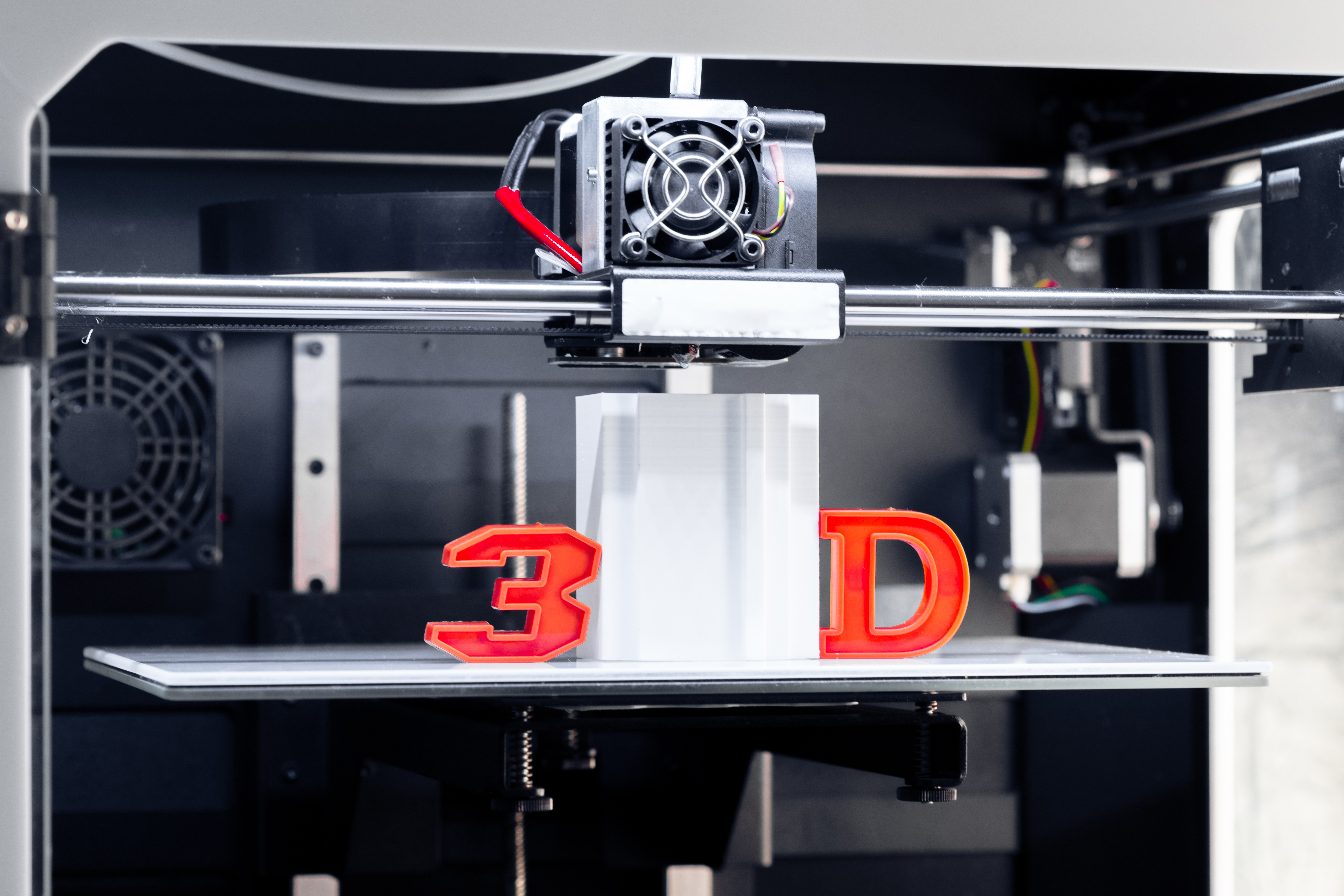Unlimited customization
One of the most exciting aspects of 3D printing in textile manufacturing is the ability for limitless customization. Gone are the days when people had to settle for standard sizes that rarely fit perfectly. 3D printing allows you to create custom-made garments with astonishing precision. Designers and manufacturers can adjust every detail to meet individual customer needs and preferences.
This not only increases customer comfort and satisfaction, but also has a positive impact on people's self-esteem and self-image. Clothing that fits perfectly to the body shape can help people feel more confident and comfortable, which is essential in the fashion industry.
Sustainability and waste reduction
The textile industry is known for its negative environmental impact, with the mass production of low-quality clothing often ending up in landfills. 3D printing offers a solution to this problem by enabling more efficient and sustainable production. By manufacturing clothing on demand, the need to maintain large inventories is reduced and material waste is minimized.
In addition, 3D printing in textile manufacturing allows the use of recycled and biodegradable materials, which contributes to reducing the industry's carbon footprint. Designers can also create longer-lasting, higher-quality clothing, which decreases the need to replace clothing as frequently.
Innovation and unique designs
3D printing technology has opened up a world of possibilities in terms of design. Designers can experiment with shapes, textures and structures that were previously difficult to achieve with traditional methods. This has led to the creation of truly unique and avant-garde clothing.
In addition, 3D printing allows the incorporation of functional elements into clothing, such as cooling panels, integrated lighting or even electronic components. This intersection between fashion and technology is giving rise to smart, novel garments that improve people's lives in surprising ways.
Challenges and obstacles
Despite its benefits, 3D printing in textile manufacturing still faces challenges. The technology is expensive and requires specialized skills. Additionally, production speed may be slower compared to traditional methods, limiting its application to mass production.
Additionally, the issue of intellectual property and piracy is an emerging issue in the industry, as ease of access to 3D printing technologies allows for unauthorized replication of copyrighted designs.
Despite these challenges, 3D printing is transforming textile manufacturing in exciting ways. The combination of customization, sustainability and innovative design is changing the way we think about fashion and clothing. In the not-too-distant future, we are likely to see more 3D printed clothing in our closets, allowing us to dress in unique, comfortable and environmentally friendly ways. The 3D printing revolution in textile manufacturing is here to stay, and promises to continue defining the future of fashion.



Follow Us